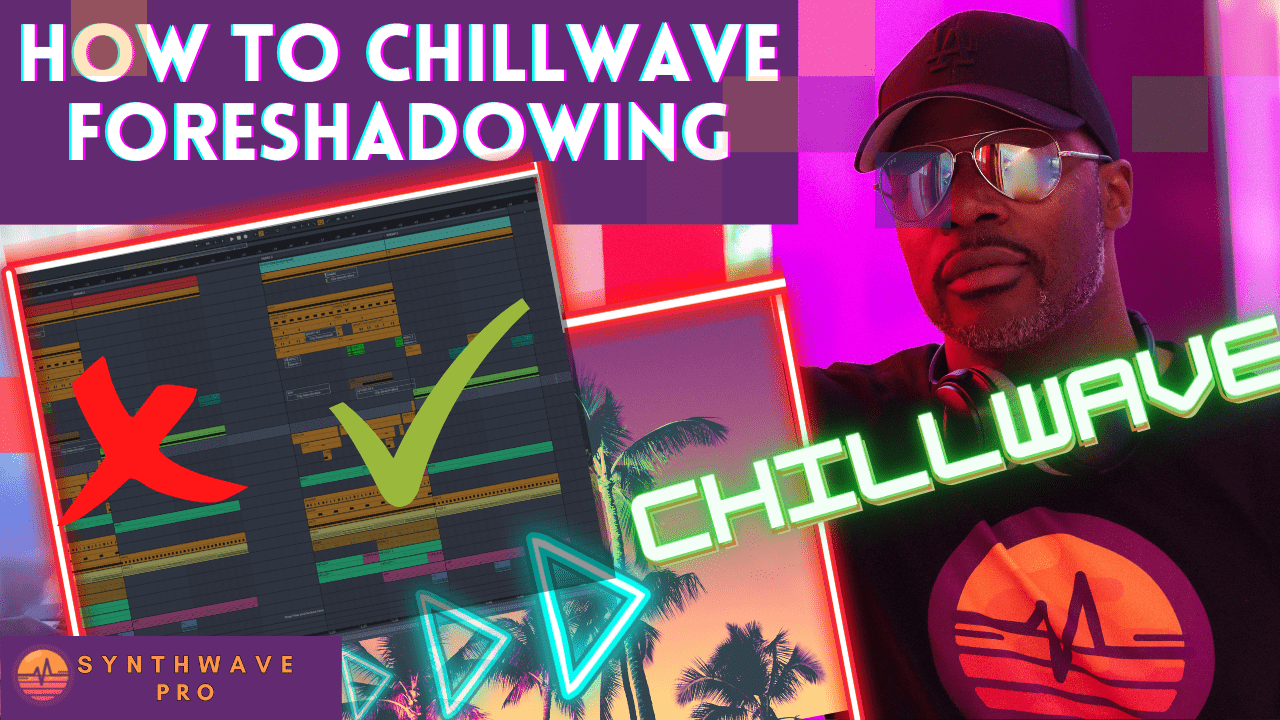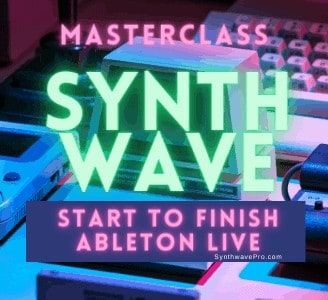Foreshadowing is a storytelling technique that uses clues to suggest future events or developments in a story. This can be done in the music itself, or in the lyrics. These hints and clues can help create a narrative that the listener can engage with and develop a relationship with. This technique can be effective for both musicians and songwriters and can be used in a variety of genres including synthwave rock, pop, hip-hop, and more. In this short article, we’ll discuss techniques on how to apply foreshadowing to create more cohesion in your tracks.
Types of foreshadowing in music
In music, there are two main ways to incorporate foreshadowing into your songs. You can incorporate foreshadowing into the music itself by using different types of musical devices that suggest certain events. For instance, you could use a drum pattern that suggests impending danger, or a chord progression that foreshadows a major event. Alternatively, you can insert snippets of the main melody throughout the soundtrack giving your listener some insight into the upcoming sections such as a chorus.
How to use drums to foreshadow a melody
In this video above, I showcase how to use drums as an element that foreshadows a melody. As an example, we use a series of drum hits which are rhythmically identical to the upcoming lead line. In other words, we precede the melody with a carefully crafted tom fill that that shares the same rhythm as the melody.
By and large, our listener is unaware of this form of foreshadowing but it certainly helps to create cohesion within the arrangement. As a side note, inspiration for drum fills that will “fit” our composition is achieved by referencing the rhythmic pattern of another element such as melody.
How to use foreshadowing in your arrangement
Foreshadowing can also be used to create cohesion in an arrangement. In our second example (see video above), we’ll reference a melodic motif in various sections of our song. In the video tutorial, we illustrate the use of a melodic element that reappears at key moments during the arrangement. This is easily achieved using any DAW, (digital audio workstation). For example, we’ll insert a MIDI clip with a melodic motif and place it on another instrumental MIDI track. To create the foreshadowing technique, be sure to insert this MIDI clip before the drop of the main melody. By the time, the melody makes its appearance, your listener would have already become familiarized with the melodic snippets making the melody much more “familiar”.
Songwriters and TV commercial music cue writers do it all the time
In the past, songwriters responsible for creating some of the most iconic music for commercial brands we have all come to love, often used foreshadowing as a means of captivating our attention. Unlike today’s advertising campaigns, companies of yesteryear relied on jingles, short musical compositions that were associated with a brand that was designed to be memorable in the eyes of the target audience. In fact, most TV advertisements included a jingle designed to leave a lasting impression on the viewer – same goes for radio spots. In what was once considered to be an ultra-competitive industry, musicians were given the task of creating memorable jingles that would resonate with the audience. A cue, a jingle or musical composition typically associated with advertising, needed to begin with a bang. In other words, cue-composers would often include the chorus at the very beginning of the song – sometimes as early as the first bar. The bars that followed the intro were typically low in energy allowing for the voice-overs. With only seconds remaining in the ad, the reappearance of the chorus would take us to the end of the track to highlight the brand’s “catch phrase” – eg. “Have you driven a Ford, lately?”
Conclusion
Foreshadowing is a great tool to add to your music production arsenal. Irregardless of your preferred musical genre, the possibilities are endless. In this article we’ve give you a few ideas to get started. Keep in mind, if a track that you’re working on does not require any type of foreshadowing, then don’t apply any. When used at the right time, foreshadowing adds familiarity that your listeners can truly appreciate.
Recent Posts
Exploring the Analog vs. Digital Debate in Synthwave Music Production
In the realm of electronic music production, particularly within the vibrant genre of synthwave, the debate between analog synthesizers and digital VSTs (Virtual Studio Technology) has been an...
In the world of music composition, the choice of key can significantly influence the mood, emotion, and overall feel of a song. Each key has its own unique characteristics, from the bright and...


